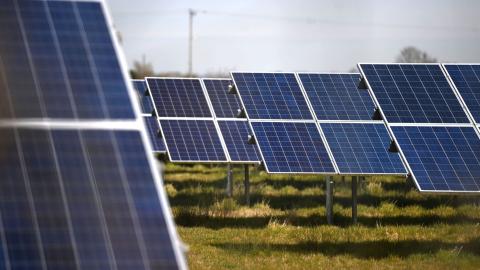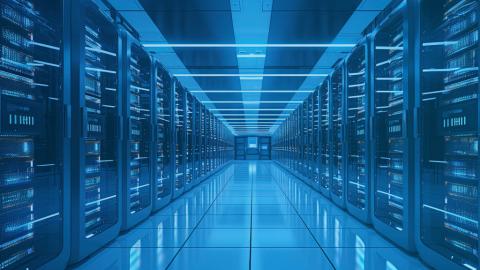The testing of backup power systems is crucial for ensuring that data center operations remain available through power interruptions. By cutting all power to the facility and replicating a real-world electrical grid failure, pull-the-plug testing…
filters
Explore All Topics
The topic of artificial intelligence (AI) has captured the public’s imaginations, and now barely a week goes by without reports of another breakthrough. Among the many, sometimes dramatic predictions made by experts and non-experts alike is the…
Public cloud infrastructures have come a long way over the past 16 years to slowly earn the trust of enterprises in running their most important applications and storing sensitive data. In the Uptime Institute Global Data Center Survey 2022, more…
The public cloud’s on-demand pricing model is vital in enabling application scalability — the key benefit of cloud computing. Resources need to be readily available for a cloud application to scale when required without the customer having to give…
The energy crisis of 2022, resulting from Russia’s invasion of Ukraine, caused serious problems for data center operators in Europe. Energy prices leapt up and are likely to stay high. This has resulted in ongoing concerns that utilities in some…
Digital infrastructure operators have started to refocus their sustainability objectives on 100% 24x7 carbon-free energy (CFE) consumption: using carbon-free energy for every hour of operation. To establish a 24x7 CFE strategy, operators must track…
Data center operators that set net-zero goals will ultimately have to transition to 100% 24x7 carbon-free energy. But current technological limitations mean it is not economically feasible in most grid regions.In the past decade, the digital…
Low latency is the main reason cloud providers offer edge services. Only a few years ago, the same providers argued that the public cloud (hosted in hyperscale data centers) was suitable for most workloads. But as organizations have remained…
Early in 2022, Uptime Intelligence observed that the return of Moore’s law in the data center (or, more accurately, the performance and energy efficiency gains associated with it) would come with major caveats (see Moore’s law resumes — but not for…
Cloud providers divide the technologies that underpin their services into two ”planes”, each with a different architecture and availability goal. The control plane manages resources in the cloud; the data plane runs the cloud buyer’s application.In…
European countries narrowly avoided an energy crisis in the past winter months, as a shortfall in fossil fuel supplies from Russia threatened to destabilize power grids across the region. This elevated level of risk to the normally robust…
For the past two years, Uptime has been tracking the progress of what is likely to be the most important legislation yet for data center sustainability and efficiency reporting. The European Energy Efficiency Directive (EED) will affect all but the…
Hyperscale cloud providers have opened numerous operating regions in all corners of the world over the past decade. The three most prominent — Amazon Web Services (AWS), Google Cloud and Microsoft Azure — now have 105 distinct regions (excluding…
Data center operators and IT tenants have traditionally adopted a binary view of cooling performance: it either meets service level commitments, or it does not. The relationship is also coldly transactional: as long as sufficient volumes…
While the politicians argue, stakeholders in the US have been scouring the IRA's 274 pages for opportunities to capitalize on these lucrative incentives. Some of these will be substantial.
 Douglas Donnellan
Douglas Donnellan

 Max Smolaks
Max Smolaks

 Daniel Bizo
Daniel Bizo

 Dr. Owen Rogers
Dr. Owen Rogers

 Jacqueline Davis
Jacqueline Davis
 Lenny Simon
Lenny Simon
 Jay Dietrich
Jay Dietrich







 Andy Lawrence
Andy Lawrence
